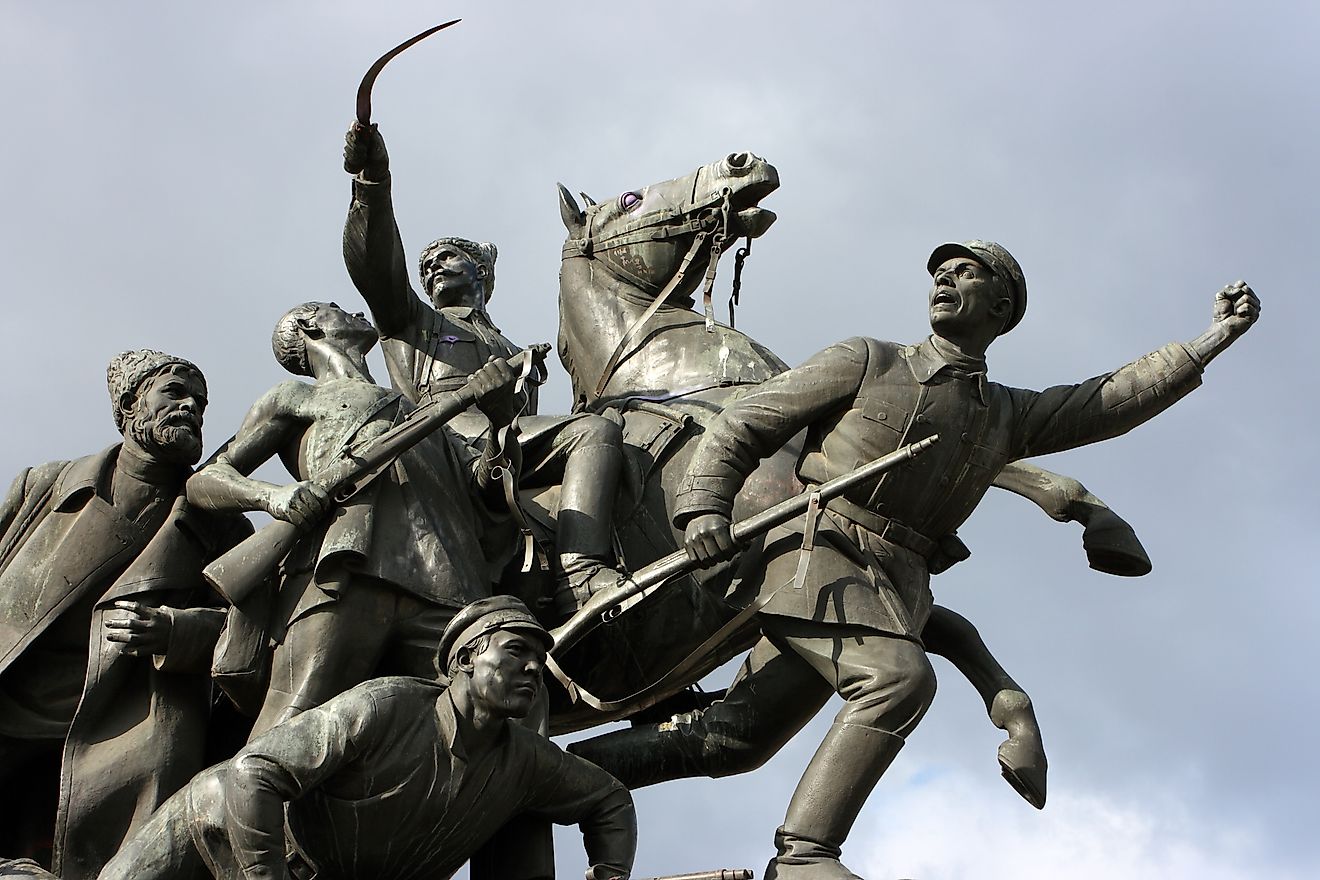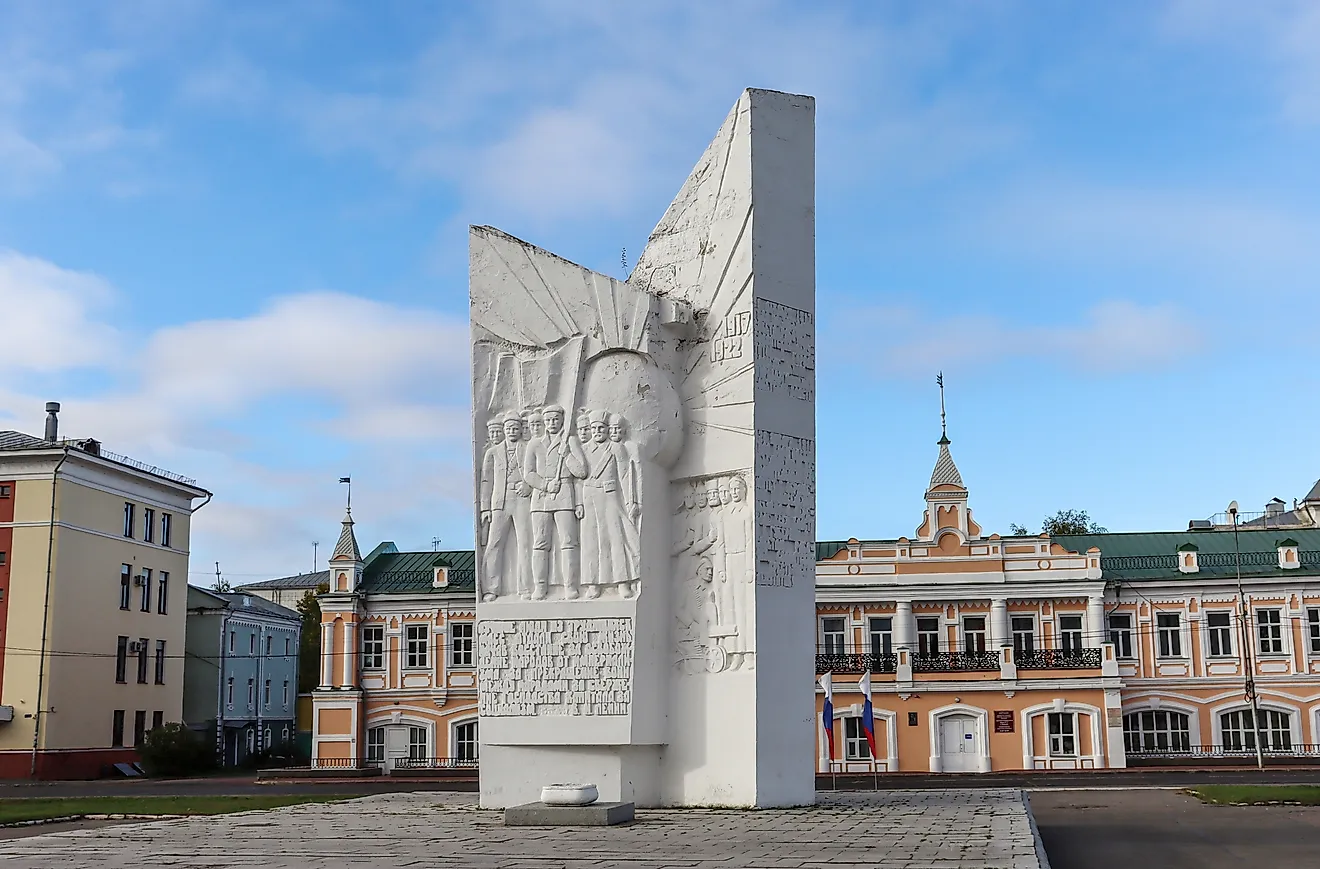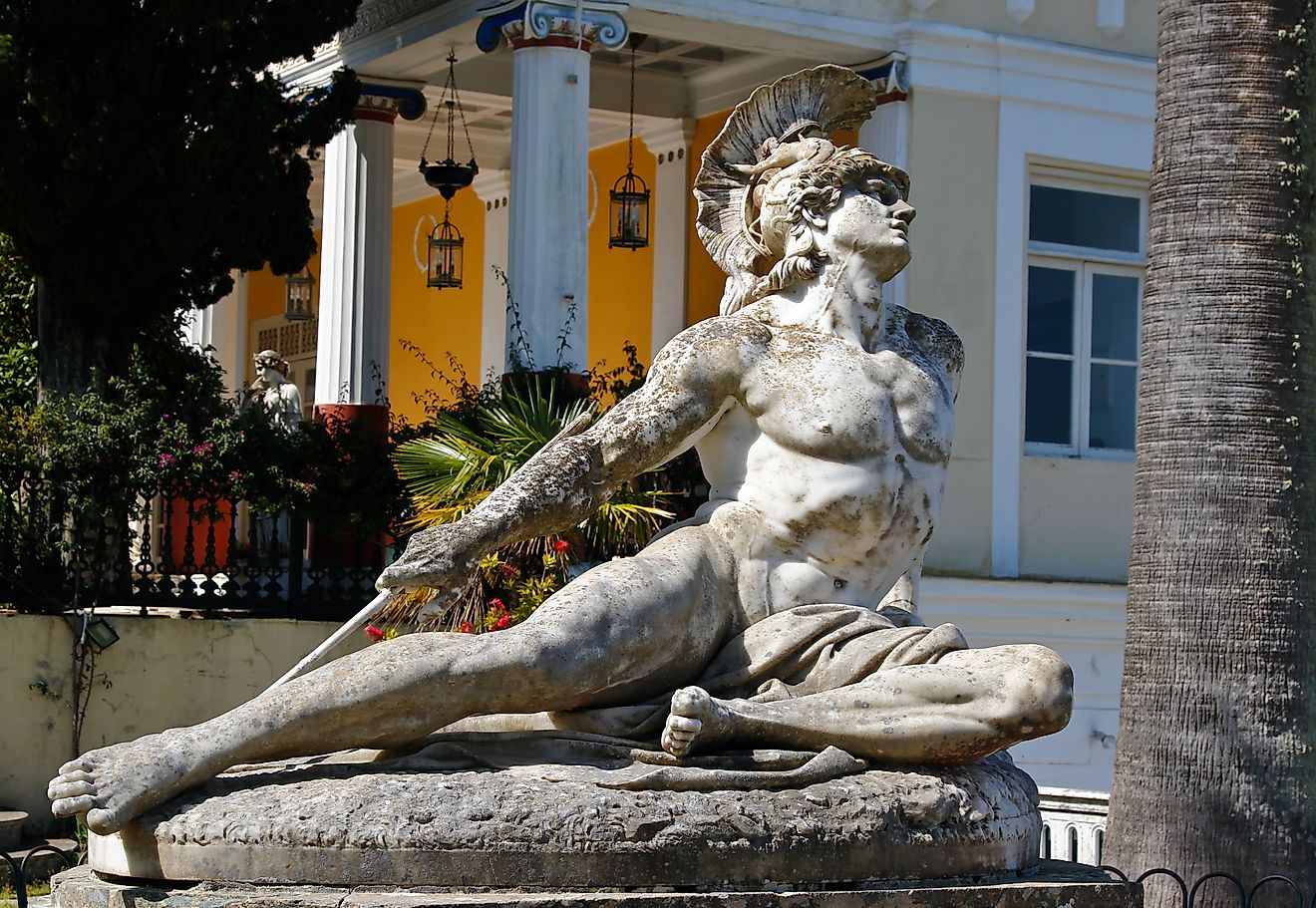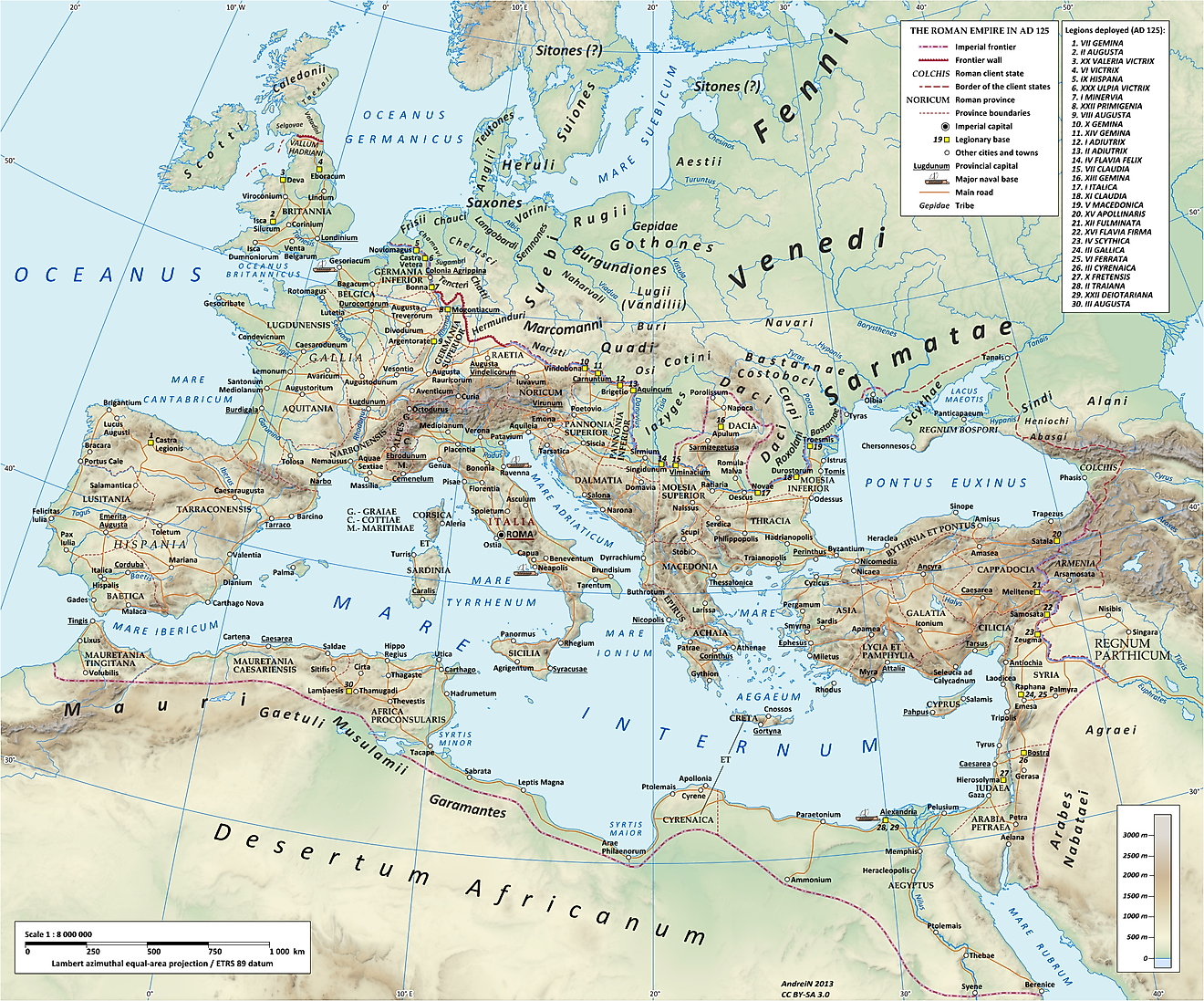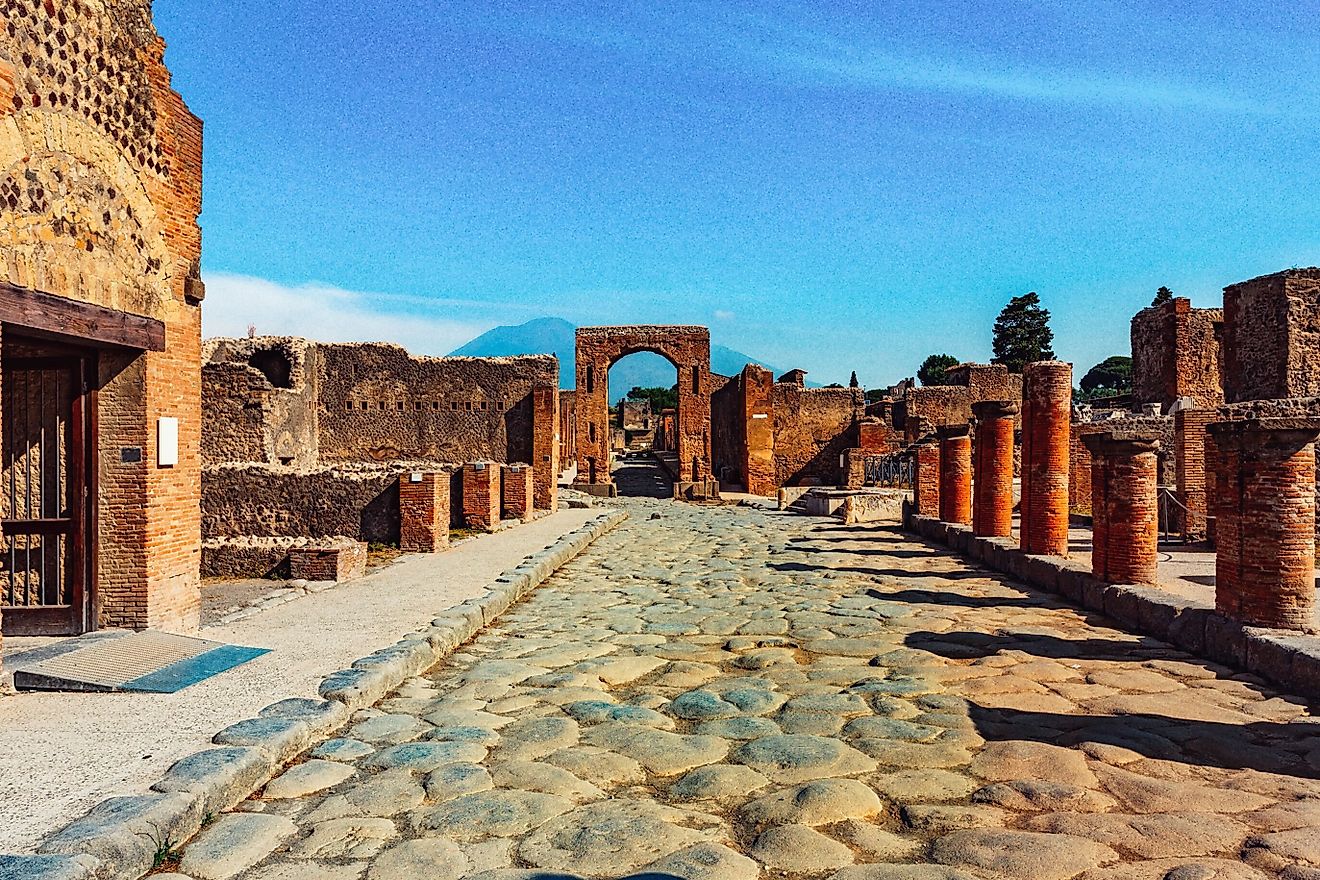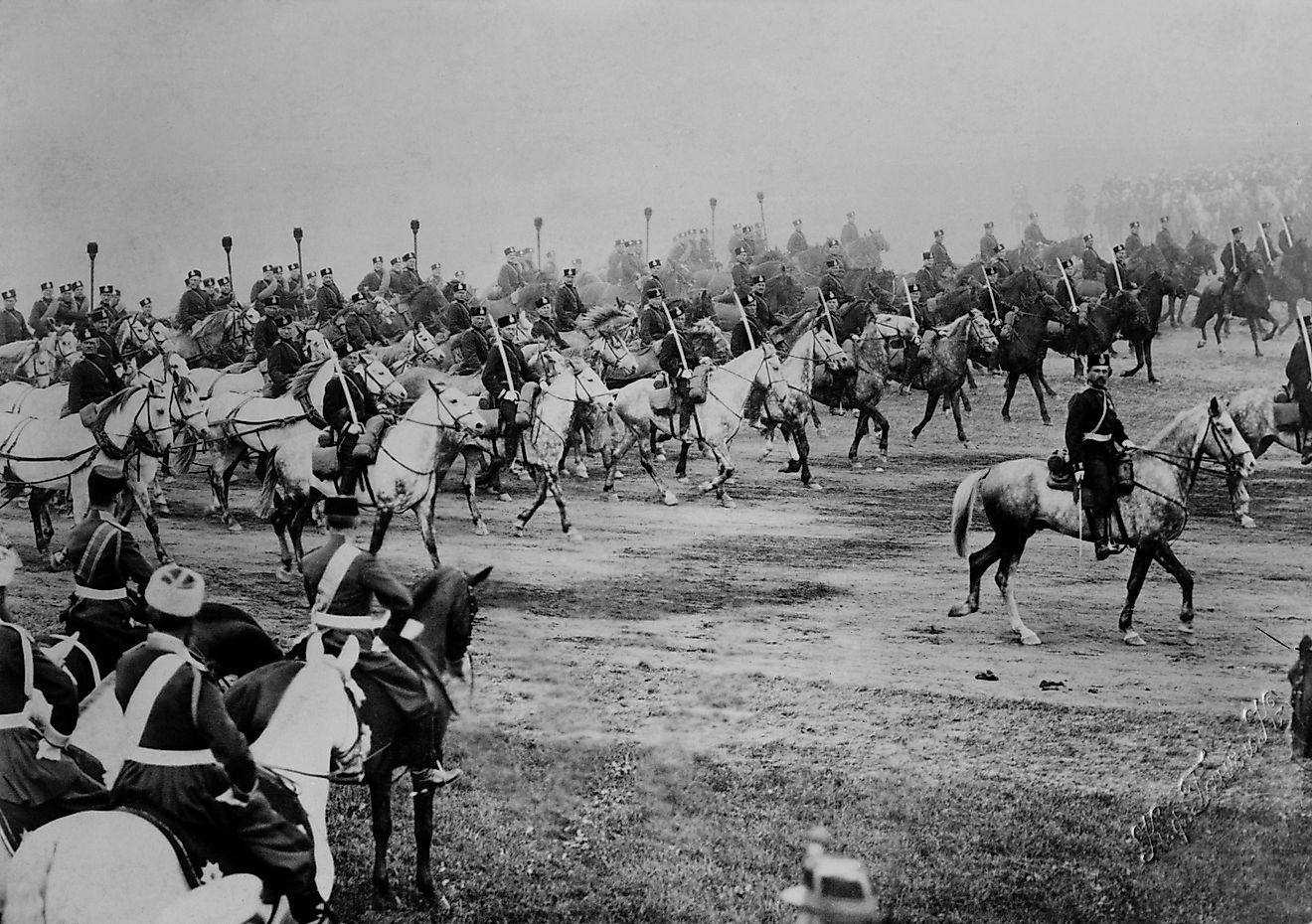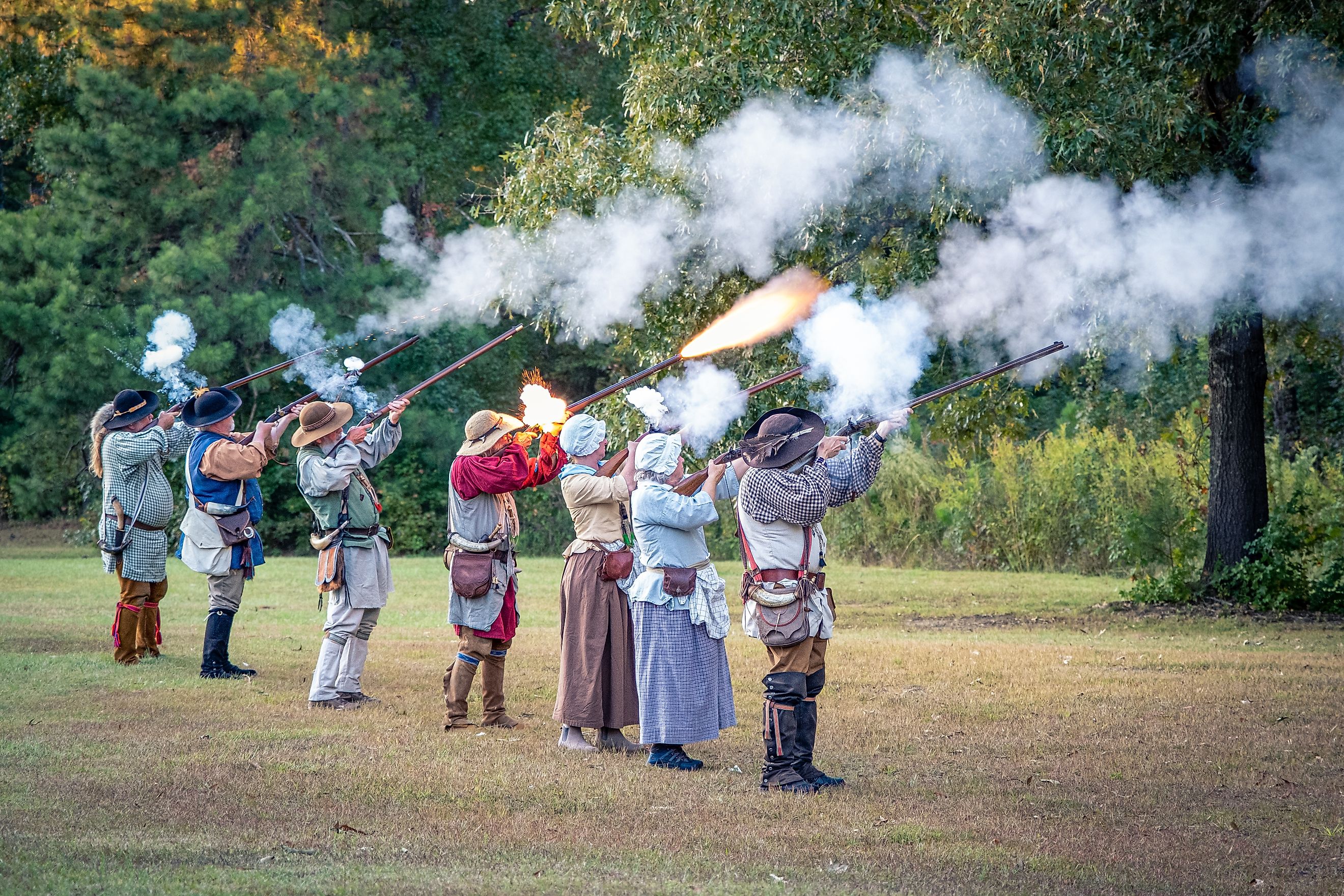
How General Morgan Outwitted Banastre Tarleton at the Battle of Cowpens
The Revolutionary War held many ups and downs for all the military forces involved, but it significantly impacted South Carolina during the Bloody Summer between 1780 and 1781. The Low Country witnessed over 600 battles and skirmishes during this period, rivalling only New Jersey for total battles fought. The Americans won many battles, many were lost, and the fight for independence disrupted lives, divided households, and changed the landscape and legacy of South Carolina and the nation forever.
One of the most impactful battles occurred on January 17, 1781, on a small farm named Cowpens. Sadly, it is often overlooked, but there is a valid argument that it was one of the most substantial battles waged during the war. It was here that General Daniel Morgan outwitted British General Banastre Tarleton with a clever use of terrain and a tactical double envelopment that turned the tide of the Southern Campaign. The area was used for many purposes, including as a public grazing area for cattle, timber for the iron industry, and an Indigenous hunting ground. The epic battle, led by two famous generals, lasted for less than an hour and changed the direction of the war and America's independence.
Cowpens
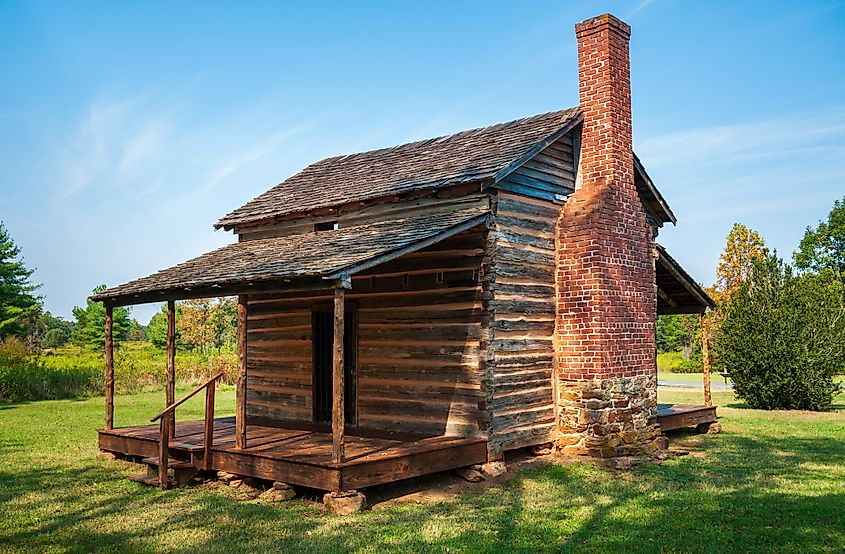
A common question is how the battlefield got its name. The farm, long owned by the Scruggs family, has seen many transformations. Indigenous tribes used it as a hunting ground, the trees were used to fuel the iron industry, and, in the late 18th century, it was a public cattle grazing pasture known as the Cowpens. It is located on the historic Green River Road and the Broad River. The battle happened at this location because this was the main artery that connected this region to the main thoroughfares and bodies of water used for transportation.
Tarleton had chased Morgan to this crossroads, and he needed to get his men on the other side of the river for much-needed protection. In an epic battle for control of the Southern Colonies, the two sides came to a head on this farm in early 1781.
Background and Morale
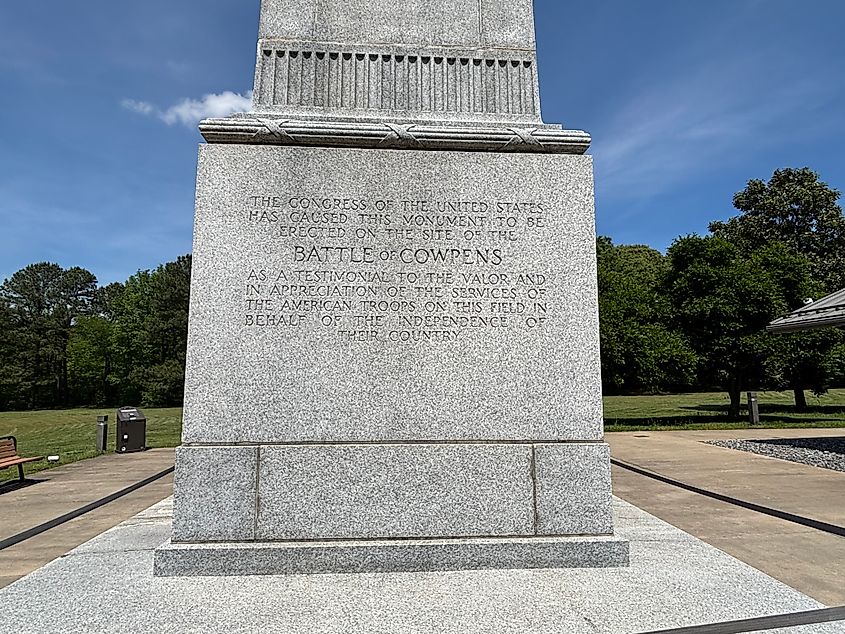
The societal landscape of this period set the scene for this brief yet pivotal battle. January 1781 began the fifth year of this war, which pitted the Colonists against the British Kingdom. After several significant losses, the Continental Army was tired. To make it worse, the Revolutionary War was a kaleidoscope of civil unrest that divided households and classes, bringing the existential crisis of slavery to the forefront of American thought as they sought after democratic freedom.
The Southern Campaign was a bleak period for American colonists, especially in the Southern Colonies. Charles Town (Charleston) had fallen into British hands in May of 1780, and the battle of Camden marked one of the worst defeats for the Continental Army just three months later. The societal issues and loss of morale brought about record-high desertion rates and record-low enlistment rates for the Continental Army, and another pivotal loss would more than likely signal a total loss for the Colonists.
This was the dark time of the war for America, and it set the stage for an epic clash between two titans on opposing sides, General Daniel Morgan and General "Bloody Banister" Tarleton. The British General was known for ruthlessness, while Morgan was a regional folk hero. Morgan understood that victory was not an option to rally the troops again, even if he was outmanned and outgunned against the best Redcoats. It would take all of his leadership qualities and military tactics to pull this battle off to turn the tide of the war and bring the end within reach.
General Daniel Morgan
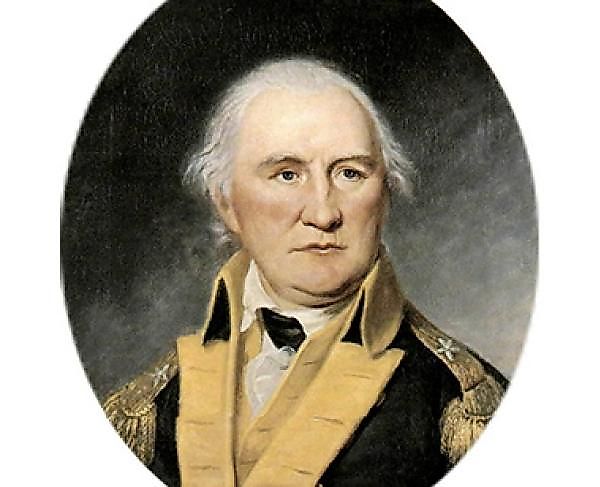
General Daniel "Wagoneer" Morgan was an American folk hero by the time of the Cowpens battle. He earned his name when he started his career as a wagon driver during the French and Indian War, delivering supplies to the British army. He gained a reputation as a tough mountain man for his love of boxing and brawling. His view toward the British soured when he annoyed a superior officer who struck him with the flat of his sword. Morgan knocked the man down. For his impertinence, Morgan was punished with 500 lashes—a typically fatal number. He survived the ordeal, carrying his scars and his disdain for the rest of his life. Afterward, when Morgan retold the story, he commonly boasted that the British had miscounted, only giving him 499.
Morgan's rebellious streak continued, and he joined a group of rangers in the Shenandoah Valley, where he would suffer a musket ball to the back of his neck. The ball exited his mouth, leaving him scarred and missing a few teeth. This strengthened his resolve and his reputation among the enlisted men who viewed him as one of their own for his lack of ego, his common-sense approach to battle, and his fearlessness. Morgan also played a pivotal role in the Battle of Saratoga, growing his legend during the Revolutionary War before the Battle of Cowpens.
The uneducated General would become a businessman, a millionaire, and a Congressman. He was revered for his Cowpens battle strategy, which is still studied today.
General Banastre Tarleton
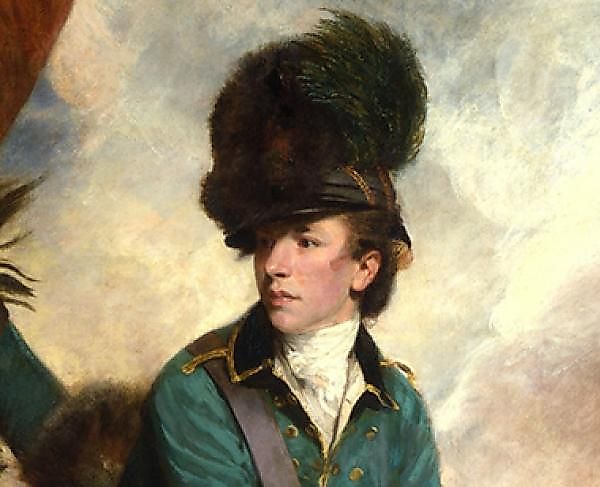
British General Banastre "The Bloody Butcher of Waxhaws" Tarleton grew up vastly different than his American counterpart. He was educated at Oxford, though he did not apply himself and was forced to drop out. His family purchased a cornet's commission for him in the 1st Dragoon Guards. He had an active part in several South Carolina battles and skirmishes at Monck's Corner, Charleston, Waxhaws, Camden, Fishing Creek, and Blackstock's, earning him his derogatory nickname from Americans, which was used as a rallying cry at Cowpens.
By January 1781, Banister was known for his arrogant, aggressive battle tactics, which were attributed to his age. He was heading into Cowpens with an air of superiority based on manpower and the skill of Britain's best men. Victory seemed all but assured when he arrived on the hilly battlefield to face a battle-weary group of dedicated Patriots led by a General who refused to lose.
Cowpens, South Carolina: January 17, 1781
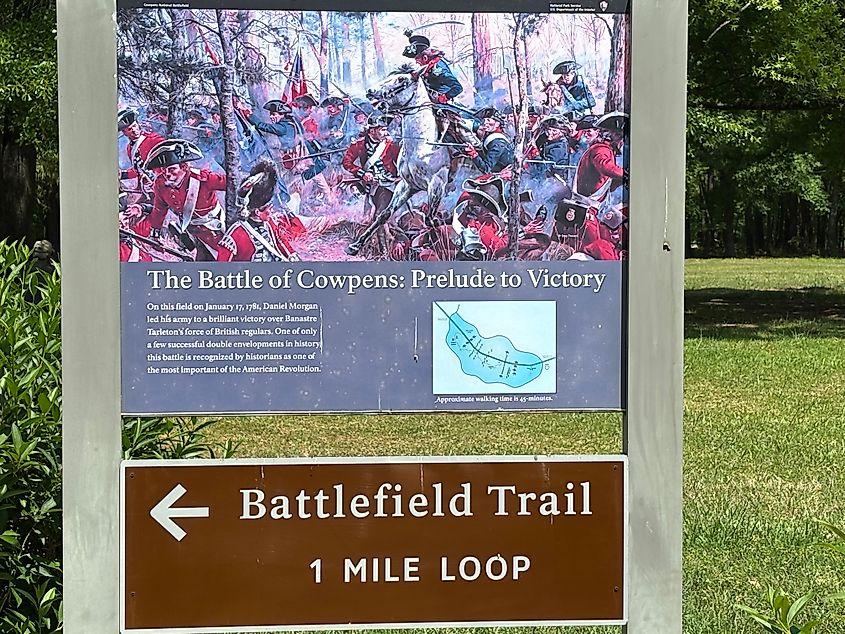
On the day of the pivotal battle, General Morgan was ready for Tarleton. He had spent the previous night assuring his soldiers that victory was all but theirs. Morgan understood the odds were against him and his men, but admitting defeat was the antithesis of his nature. He honed in on General Tarleton's weakness: his aggressive and cocky battle techniques. Although the numbers are unclear, Morgan camped at the battlesite with 900-1,500 soldiers, preparing for the next day's events. Many of his fighting men served in militias that would arrive at different times, making it difficult to ascertain the exact number.
On the morning of the battle, Morgan employed tactics that made it appear that he and his men were retreating, luring the British closer. Once Tarleton committed his entire force, Morgan's "retreating" forces turned around and counterattacked in a military move known as the Three Lines of Defense. This genius move confused the British and cost them dearly. The engagement devastated Tarleton's force—110 killed, 229 wounded, 530 captured—and marked the beginning of the end of the British plan to re-annex the South. While Morgan lost 25 men and 120 others were injured, they inflicted casualties or captured over 80% of Tarleton’s force, marking one of the most complete tactical victories of the war.
The Three Lines of Defense Strategy
General Morgan's Three Lines of Defense strategy was born out of necessity. To understand this strategy, it is essential to realize that his men were outnumbered and had to use every advantage at their disposal, including strategically lining up behind the natural hills so Tarleton's men would be at a disadvantage when they neared the top of the mountain. Morgan's battle plan combined the forces of militia, Continental Army regulars, and soldiers from the revered Maryland Line.
Morgan placed a small line of militia skirmishers on the front line who would fall behind Colonel Andrew Picken's militia line after firing at the British. Behind them were the Continental regulars. Behind these three lines, Morgan stationed Lieutenant Colonel William Washington's cavalry. Once the battle began, Pickens's militia and the skirmishers fired at the British and escaped the battlefield, where they reformed behind the line of regulars. Once British troops stormed the Americans, Washington's cavalry moved around the British right flank while Pickens led his reformed militia around the left flank, completing the double-envelopment movement.
In short, Tarleton was "out-generaled" in a loss that is still discussed in military circles today. The comprehensive battle plan laid out by General Morgan was accomplished by a group of men who respected and trusted him with their lives. This strategy became a turning point of the Revolutionary War, bringing back morale and confidence on the American side and chasing General Tarleton until the British surrendered at Yorktown in October 1781.
How the Battle of Cowpens Transformed America's Revolution
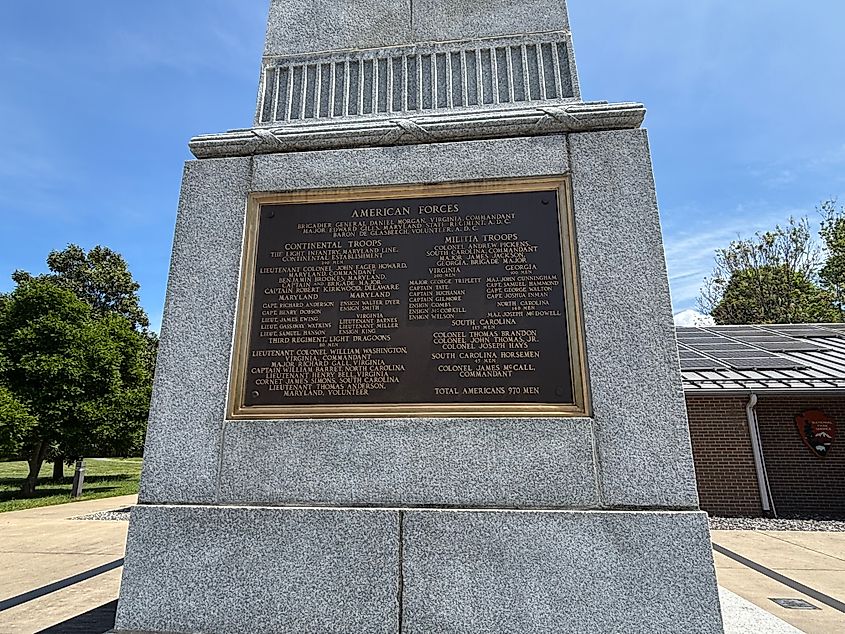
After studying the pivotal, albeit brief, battle at Cowpens and the state of the war around the same period, it is not difficult to appreciate its importance. This was the dark period of the war for America, where Washington had not seen a battlefield in three years, and the Continental Army had lost two significant battles at Charleston and South Carolina in the previous year. Had General Morgan not defeated Bloody Banister at Cowpens, the Continental Army would have lost almost one-third of its forces, further diminishing soldiers' morale and possibly changing the war's outcome.
During this battle, America's front line of defense against the British was between the Georgia and North Carolina colonies, primarily fought in the Low Country, a rugged wilderness with no law other than the coastal areas. However, Charles Town (Charleston) had already fallen to the British, and the Continental Army and various militias were seemingly on their last gasp as they fought for their freedom and democracy. The Battle of Cowpens was not just a decisive victory; it was the beginning of the end of this fight that would leave General Tarleton reeling from the loss until his capture only nine months later in Yorktown.
Concluding Thoughts
I had the distinct pleasure of touring the Cowpens National Battlefield with Park Ranger Paul Cothren. He is a passionate historian who believes in spreading the message of this battle's importance in American history. He gave an objectionable viewpoint, allowing the facts to paint the picture. He showed my group both sides of the battlefield so we could grasp what both sides saw. It was a tangible way to bring history alive, and I am indebted to his service.

